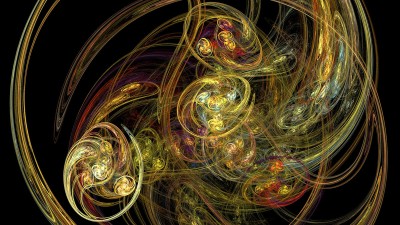
Twistor geometry
Twistor theory was proposed by Penrose in 1967 as a possible path to quantum gravity. Since then, it has evolved into a branch of theoretical and mathematical physics. In particular, Penrose proposed that twistor space should be the basic arena for physics from which space-time itself should emerge.
Research leads

Dr James Grant
Associate Professor

Professor Ian Roulstone
Emeritus Professor

Dr Martin Wolf
Associate Professor
Overview
Since their discovery by Penrose, twistors have provided deep insights into gauge and gravity theories, and especially into integrable theories. The key idea is to replace space-time as a background for physical processes by an auxiliary space, called twistor space. Differentially constrained data on space-time, such as solutions to field equations, are then encoded in terms of holomorphic data on twistor space, such as cohomology groups. This allows one to classify solutions to certain problems. Two key examples are instantons in Yang—Mills and gravity theories in four dimensions. From a mathematical point of view, differential geometry and algebraic geometry lie at the heart of twistor geometry.
In view of applying twistors in quantum physics, a major breakthrough was made when, in late 2003, Witten proposed twistor strings as a dual formulation of perturbative maximally supersymmetric Yang—Mills theory in four dimensions. This is another instance of a gauge/string duality. Since then it has become clear that twistors have a dramatic impact on perturbative gauge and gravity theories, for instance, by providing an explanation of the observed simplicity of particle scattering amplitudes. This approach has led to many fruitful developments in perturbative quantum field theory.
Using twistor geometry to study integrable systems

We use the ideas of twistor geometry to study integrable systems in the context of gauge and gravity theories as well as in fluid dynamics. We also use twistorial methods in the context of higher structures to shed light on the properties of scattering amplitudes and to analyse higher-dimensional superconformal field theories.